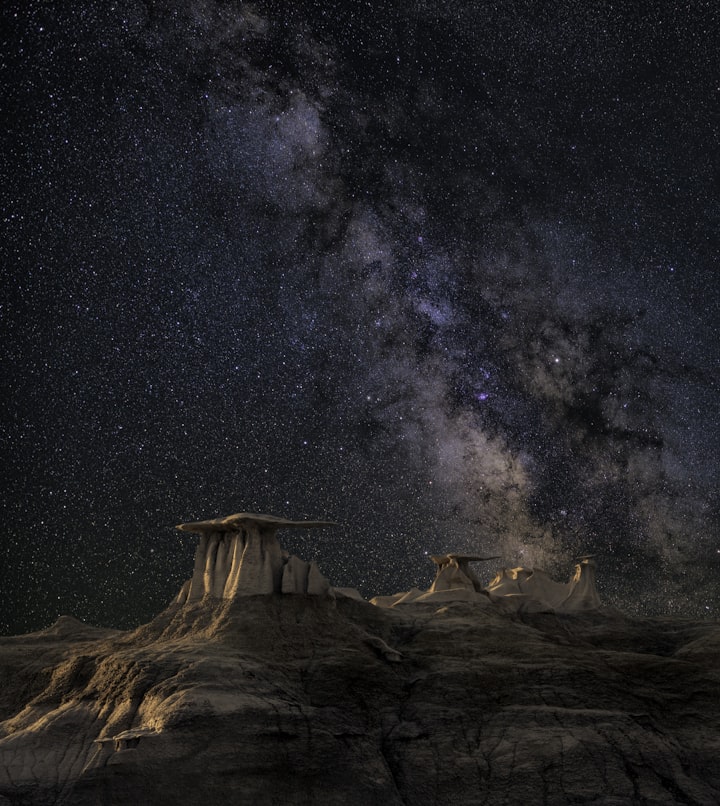
Niagara Falls, one of the most iconic natural wonders on the planet, has always been a source of awe and inspiration for millions of people. It's not just a breathtaking spectacle of nature; it's a testament to human ingenuity and determination. Throughout its history, Niagara Falls has witnessed remarkable events, from being temporarily diverted for research purposes to serving as a crucial source of hydroelectric power.
The Summer of 1969: A Dry Niagara
Imagine standing on the American side of Niagara Falls in the summer of 1969 and not seeing the mighty waterfall. That's precisely what happened during those six dry months when researchers decided to study the rock face of the falls. Erosion, the gradual process by which natural forces like water and wind wear away Earth materials, was a significant concern. Experts feared that erosion might make the falls unstable over time.
Niagara Falls consists of three distinct waterfalls: the Horseshoe Falls, the American Falls, and the Bridal Veil Falls. The American Falls are entirely on the American side, while the Horseshoe Falls straddle the Canadian border, divided by Goat Island. The Bridal Veil Falls, the smallest of the trio, are also on the American side but separated from the others by Luna Island. This natural border between the United States and Canada is a testament to the unique geographical features of the area.
To temporarily halt the flow of water over the American Falls, a massive 600-foot dam was constructed across the Niagara River. This engineering marvel required diverting an astounding 60,000 gallons of water every second, ensuring that the remaining flow traveled over the Horseshoe Falls. Over 27,000 tons of rock were used to construct the dam, with over a thousand trucks ferrying this material during the hot summer of 1969.
On June 12th, 1969, the American Falls ceased their continuous flow for the first time in over 12,000 years. The Horseshoe Falls absorbed the extra flow, providing researchers with a unique opportunity to study the exposed rock face. However, locals remained apprehensive, fearing that controlling such vast amounts of water might have unforeseen consequences, possibly leading to a catastrophic flood.
Despite their concerns, tourists continued to visit Niagara Falls that summer. They were treated to an unprecedented sight: a dry Niagara Falls. A temporary walkway was even constructed, allowing visitors to explore the usually submerged riverbed. As they ventured onto the exposed riverbed, researchers discovered millions of coins, tossed in over the decades, likely for making wishes. This dry period was like a temporary peek into the hidden landscape of the falls, revealing a treasure trove of lost items, coins, and more.
Niagara Falls: A Tourist Magnet
In recent decades, Niagara Falls has attracted an increasing number of tourists. With each passing year, visitors have had the chance to find more than just coins at the falls. Lost cameras, electronics, drones, and even cell phones are among the items that adventurous tourists have accidentally dropped into the falls. The allure of the falls remains as strong as ever, making it a continually evolving and intriguing destination.
Although Niagara Falls may not be the tallest waterfall in the world, it distinguishes itself by the sheer volume of water that flows over its edge. While there are nearly 500 waterfalls globally that surpass Niagara in height, what sets it apart is the immense volume of water and the speed at which it cascades. The combination of these factors creates a spectacle that few other waterfalls can rival.
The geological history of Niagara Falls is equally captivating. It originated after the last ice age, when ice sheets covered the region of Southern Ontario, reaching depths of one to two miles. As these massive ice sheets moved southward, they carved out the Great Lakes Basin. When they eventually melted, they released vast amounts of water into the basins, including what would become the Niagara River, Lake Erie, and Lake Ontario.
Over thousands of years, this water gradually eroded the cliffs, forming the magnificent falls we know today. The Niagara River's striking green color is a testament to the immense erosive power of the water. Every minute, Niagara Falls releases over 60 tons of dissolved minerals, along with dissolved salt and finely ground rock, giving the water its mesmerizing hue.
The Power of Niagara: Hydroelectric Energy
The water of the Niagara River serves multiple purposes for the residents of both the United States and Canada. It's a vital source for fishing, drinking water, recreational activities, hydroelectric power generation, and more. The first hydroelectric generating station in the world was built adjacent to the falls in the late 19th century. However, the electricity it produced could only travel a short distance.
Enter Nikola Tesla, the visionary inventor, and engineer. Tesla made critical improvements to the system, realizing that electricity could be transmitted over long distances using alternating current. Today, several power plants near Niagara Falls provide more than 2 million kilowatts of power to the region, harnessing the immense energy of the falls to benefit society.
Niagara's Unpredictable Nature
The summer of 1969 wasn't the only time that Niagara Falls stopped flowing. In 1848, a similar event occurred when the falls went dry for up to 40 hours. An ice blockage was the culprit this time, and it led to factories and mills shutting down, disrupting daily life. Fortunately, nature eventually cleared the blockage, and the falls roared back to life, showcasing its enduring and invincible nature.
In conclusion, Niagara Falls is not just a stunning natural wonder; it's a symbol of human achievement and resilience. Whether it's being temporarily diverted for scientific study, providing hydroelectric power, or captivating tourists with its beauty, Niagara Falls continues to be a source of wonder and inspiration. Its history is a testament to the fascinating interplay between nature and human innovation, and it remains an enduring symbol of the power and beauty of our planet.






Comments
There are no comments for this story
Be the first to respond and start the conversation.